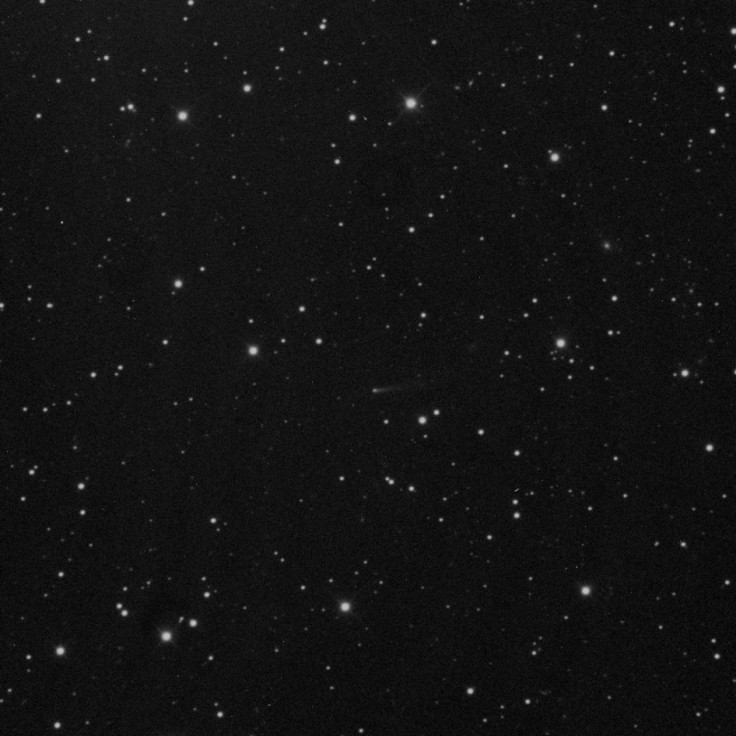Comet 209P/Linear: Astronomers Predicting 'Meteor Storm' at End of May

A new meteor shower from debris shed by Comet209P/Linear will peak on 23 and 24 of May and has the potential to produce up to 1,000 meteors per hour.
The comet was discovered in 2004 and was initially thought to be an asteroid. However, it was reclassified after cometary activity was detected.
While little is known about Linear, it is thought to be around one kilometre in diameter and will approach Earth at the end of May at a distance of around eight million kilometres. The comet orbits the Sun just over every five years.
Nasa said: "Dynamical modelling ... predicts that debris shed by this comet may produce a strong meteor shower on May 23-24."
Jane Houston, from Nasa's Jet Propulsion Laboratory, spoke about the potential for a meteor storm in a video by the space agency: "This potential new shower is so new that astronomers aren't sure what to expect. Predictions run from less than 100 meteors per hour up to an unlikely but possible meteor storm as high as 1,000 per hour."
What is a meteor storm?
A meteor storm is a meteor shower that produces more than 1,000 meteors per hour. They are also known as meteor outbursts.
Meteor storms are rare and difficult to predict. One of the biggest meteor showers of the year, the Leonids, which between 1999 and 2001 produced a storm of up to 3,000 meteors per hour.
The event will take place over 23 and 24 May as Earth's path crosses that of the Linear comet. It will be best viewed from northern US and Canada and some parts of Europe.
In 2012, Jeremie Vaubaillon, from The Institut de Mecanique Celeste et de Calcul des Ephemerides in France, told Space.com: "Given the current orbit of the comet, all the trails ejected between 1803 and 1924 do fall in the Earth's path in May 2014! As a consequence, this shower might as well be a storm."
Stargazers in the UK will not be able to see the shower overnight, but some meteors should be visible before dawn on 24 May.
Another option for the comet, Houston said, is that the debris might end up fizzling out and not produce any type of shower.
Astronomer Gemma Lavender told the MailOnline: "The idea of a brand new meteor shower is indeed very exciting. The shower has been referred to as a 'meteor storm'. However, judging by recent calculations, the idea of a phenomena that will see 1,000 meteors per hour is in fact dwindling.
"We're more likely to see a strong shower rather than a storm of meteors ... of course, we won't know its true strength until we head outside and observe the meteor shower for ourselves when 209P/Linear arrives."
© Copyright IBTimes 2025. All rights reserved.






















